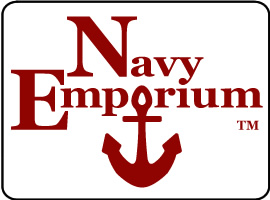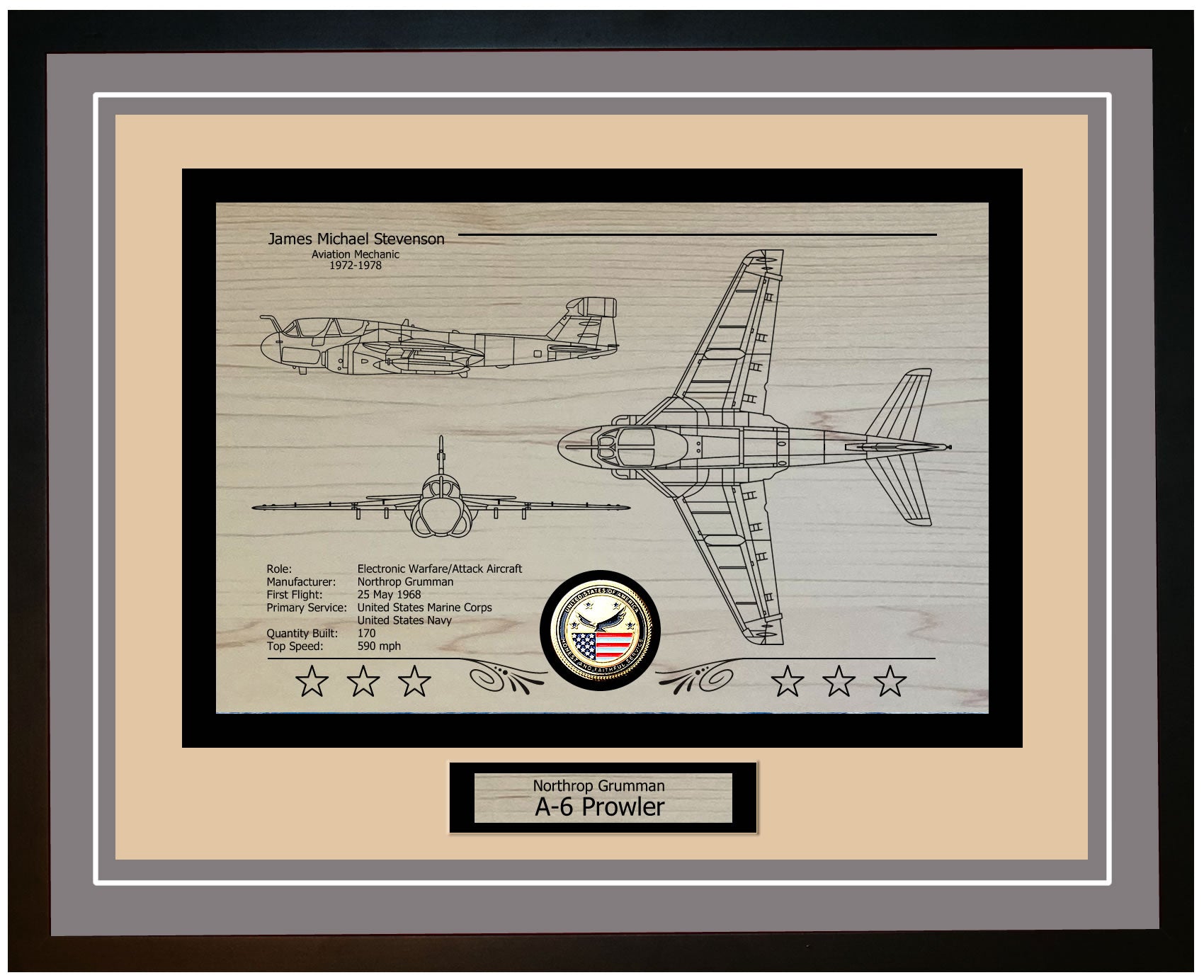The USS Rudderow (DE 224) was a destroyer escort built during World War II, a time marked by significant naval expansion and technological advancements. Construction of the ship began on October 15, 1943, at the Philadelphia Navy Yard, a renowned shipbuilding facility known for its efficiency and high standards. The ship was launched on January 14, 1944, and officially entered service on May 15, 1944. The Rudderow was part of a broader initiative to strengthen the U.S. Navy’s ability to counter submarine threats, particularly those posed by German U-boats in the Atlantic and Japanese submarines in the Pacific.
Named in honor of Thomas Wright Rudderow, a World War I officer recognized for his bravery, the ship’s designation paid tribute to his valor and commitment to duty. Throughout his career, Rudderow earned numerous accolades, and naming the ship after him was a fitting recognition of his contributions to the Navy and his country. The USS Rudderow upheld this legacy, embodying his spirit through its service and dedication to its mission.
Designed as a destroyer escort, the Rudderow was specifically built to engage submarines. It featured advanced sonar and radar systems, depth charge projectors, and torpedo tubes, making it a formidable opponent against enemy submarines. With its sturdy hull and powerful engines, the ship could reach speeds of up to 24 knots, making it highly effective in escorting convoys and conducting anti-submarine operations.
The USS Rudderow symbolized the U.S. Navy’s progress in modern warfare, particularly in the realm of submarine defense. Ships like the Rudderow played a crucial role in protecting convoys and ensuring safe passage for troops and supplies through perilous waters. Its performance during World War II highlighted the effectiveness of destroyer escorts in countering submarine threats, paving the way for continued advancements in naval tactics and vessel design.
As part of the Rudderow class, which consisted of 22 ships, the USS Rudderow was a versatile vessel capable of executing a variety of missions, including submarine warfare, convoy escort, and coastal patrols. The primary objective of these ships was to defend against enemy submarines, a major threat to naval operations. Known for their strength, firepower, and advanced detection systems, these vessels were invaluable assets to the Navy’s fleet.
Upon its commissioning, the USS Rudderow underwent extensive training and trial voyages to prepare its crew for the challenges ahead. The ship then embarked on missions to safeguard vital convoys and engage enemy submarines, contributing significantly to the Navy’s operational success. The commissioning of the Rudderow was a testament to the Navy's commitment to maintaining a capable and responsive fleet ready to meet the demands of wartime service.
USS Rudderow DE-224: A Technological Marvel of Naval Warfare
The USS Rudderow (DE 224) was part of the Rudderow class of destroyer escorts, known for their versatile and adaptable design. The ship had a length of 306 feet, a beam of 36.75 feet, and a draft of 11.75 feet, making it a compact yet powerful vessel. Its steel hull was built to withstand the harsh conditions at sea, while its superstructure was designed to enhance visibility and operational effectiveness, offering a clear view of the surrounding waters from the bridge. The ship’s layout was optimized for anti-submarine warfare (ASW) and convoy escort missions, providing ample space for weaponry and equipment.
In terms of technology, the USS Rudderow was equipped with cutting-edge systems for its time. Powered by two General Electric turbo-electric drive engines, the ship delivered an output of 12,000 shaft horsepower, allowing it to reach speeds of up to 24 knots. This propulsion system provided excellent maneuverability during combat. The ship was also outfitted with advanced radar and sonar systems, such as the SL surface search radar and QHB sonar, which were essential for detecting enemy submarines and surface vessels. These technologies enabled the Rudderow to effectively carry out its anti-submarine warfare duties.
For weaponry, the USS Rudderow was well-prepared to counter various threats. It was armed with two 5-inch/38 caliber dual-purpose guns capable of engaging both surface and aerial targets. In addition, the ship featured four 40mm Bofors guns and ten 20mm Oerlikon cannons, providing a strong defense against enemy aircraft, especially during convoy escort missions. To combat enemy submarines, the ship was equipped with depth charge launchers and racks, as well as a Hedgehog submarine mortar, which proved effective in locating and disabling hostile submersibles.
The Rudderow also possessed offensive capabilities with its torpedo armament. The ship had three 21-inch torpedo tubes capable of launching Mark 15 torpedoes, giving it the means to target enemy surface vessels. With a combination of guns, aircraft defense, depth charges, and torpedoes, the USS Rudderow was a versatile and formidable adversary in both surface and underwater engagements.
During World War II, the ship’s array of weaponry allowed it to serve as both a convoy escort and an anti-submarine warfare vessel for the U.S. Navy. This versatility made the Rudderow a significant asset in fulfilling its critical duties.
USS Rudderow DE-224 Crew Member Reports of Time Aboard
USS Rudderow DE-224: Evolution of a Naval Guardian
The USS Rudderow (DE 224) was also heavily armed for surface engagements, featuring dual-purpose guns capable of targeting both sea and air threats. This flexibility allowed the ship to adapt to a variety of mission requirements, making it a vital asset to the fleet. The Rudderow’s impact extended beyond its immediate duties as a destroyer escort. It contributed to a broader strategic effort to maintain naval supremacy and safeguard vital maritime routes, which were essential for Allied logistics and supply chains. Its presence during convoy missions not only deterred enemy submarines but also provided reassurance and boosted morale for the merchant and military vessels it protected.
Throughout its service, the USS Rudderow played a significant role in operations like the Battle of the Atlantic and Pacific island campaigns, where its expertise in anti-submarine warfare was crucial in countering the threat of enemy submarines. The ship’s abilities to detect and neutralize submerged threats proved pivotal in securing critical sea lanes for the Allied forces.
After the war, the USS Rudderow transitioned into a training vessel, continuing to serve the Navy by helping to shape new generations of sailors. Through ongoing upgrades and maintenance, the ship retained its relevance as a training platform for naval combat and operational challenges. Its enduring legacy demonstrates the adaptability and lasting significance of destroyer escorts, which remained vital not only in wartime but also in peacetime missions.
The valuable role played by the USS Rudderow in the fleet highlights the importance of robust resources in ensuring maritime security and operational readiness, underscoring the vital role that such ships played in both wartime and peacetime operations.
USS Rudderow DE-224: Guardian of the Seas and Silent Sentinel of Valor
The USS Rudderow (DE 224) made a lasting impact on the United States Navy during World War II, primarily serving in the Pacific Theater. Upon her commissioning in 1944, the ship swiftly sailed to the Pacific, where she participated in various crucial operations. Initially, her mission focused on escorting convoys between the Marshall Islands and the Marianas, ensuring the safe transport of troops and essential supplies for the island-hopping strategy. As the war progressed, the Rudderow’s duties expanded to include anti-submarine warfare (ASW) patrols, reflecting her adaptability in response to the growing threat of Japanese submarines.
One of her notable involvements was during the Battle of Okinawa, a significant amphibious assault in the Pacific War. Throughout this operation, the Rudderow provided vital ASW assistance, protecting larger vessels from potential submarine attacks. The vigilance and expertise of her crew played a crucial role in upholding the blockade around Okinawa, which was key to the success of the ground forces. The Rudderow also faced the challenges of defending against kamikaze attacks, a persistent threat during this intense phase of the conflict, testing her aircraft defense capabilities.
Throughout her service in World War II, the USS Rudderow received numerous commendations and awards, recognizing her significant contributions to the war effort. She was awarded the Asiatic-Pacific Campaign Medal with two battle stars, honoring her involvement in various operations and the exceptional performance of her crew in difficult situations. Additionally, the ship received the World War II Victory Medal, symbolizing her role in securing victory for the Allies in the Pacific region. These accolades not only recognized the achievements of the vessel but also highlighted the courage and commitment of the crew who served aboard her.
After the war, the Rudderow continued to serve the Navy, participating in training exercises and reserve fleet operations. Although she was decommissioned and removed from active duty, her legacy endures through the honors she received and the pivotal contributions she made during a crucial period in naval history. The story of the USS Rudderow is a tribute to the bravery and fortitude of those who served aboard her, and it underscores her significance in aiding the Allied victory in World War II—a proud chapter in United States Navy history.
USS Rudderow DE-224 Ship Specifications
| Specification | Details |
|---|---|
| Class | Rudderow Class Destroyer Escort |
| Commissioned | May 15, 1944 |
| Displacement | 1,810 tons |
| Length | 306 feet |
| Beam | 37 feet |
| Draft | 13.5 feet |
| Speed | 24 knots |
| Complement | 12 Officers 192 Enlisted |






